In the annals of history, there exists a peculiar and tragic subset of innovators whose remarkable contributions to science and technology were overshadowed by the grim irony of their own demise. These individuals, driven by insatiable curiosity and an unwavering commitment to progress, met their tragic ends at the hands of the very inventions they crafted. Their stories serve as cautionary tales, reminding us of the inherent risks that accompany groundbreaking innovation and the sobering reality that even the most brilliant minds are not immune to the perils of their own creations.
Michael Dacre:
Born to the skies, Michael Dacre, a British test pilot and aviation pioneer, soared into fame with his invention, the Avacen Jetpod—a flying taxi designed for swift and affordable inter-regional travel. However, tragedy struck in 1988 as he perished within the confines of his aircraft during a test flight north of Kuala Lumpur, Malaysia. The jet plummeted to the ground, claiming the life of its creator in a fiery explosion.

Haroutune Krikor Daghlian:
A physicist of Armenian descent enlisted in the Manhattan Project, Haroutune Krikor Daghlian inadvertently sealed his fate in August 1945. While conducting experiments at the remote Omega Site in New Mexico, Daghlian accidentally irradiated himself, succumbing to radiation sickness a mere 25 days later.
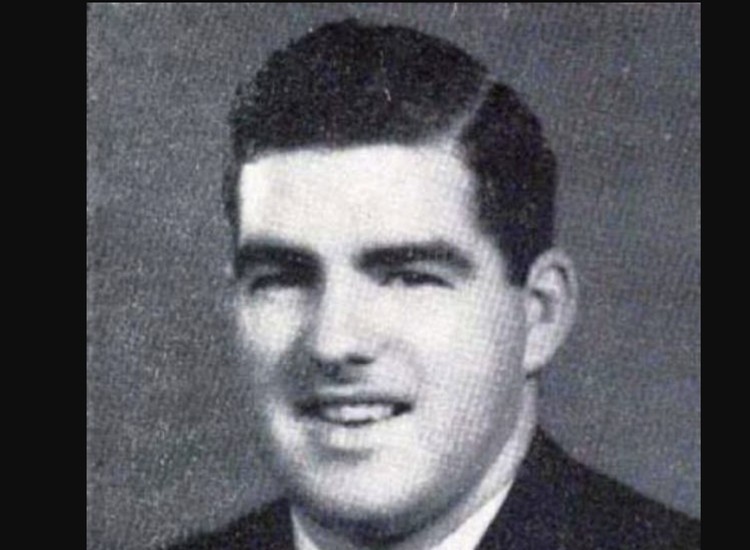
Li Si:
Renowned for his legal expertise and calligraphic prowess during China's Qin Dynasty, Li Si also earned infamy as the inventor of the gruesome method of torture known as the Five Pains. Despite his influence, Li Si met a grim end when he fell victim to his own creation following the demise of the emperor.

Marie Curie:
Celebrated for her groundbreaking research on radioactivity, Marie Curie—a Polish-born chemist—made history as the first woman to win not one but two Nobel Prizes. However, her relentless pursuit of scientific discovery came at a cost, as she ultimately succumbed to aplastic anemia induced by prolonged exposure to radiation.

Alexander Bogdanov:
Russian physician, philosopher, and science fiction writer Alexander Bogdanov's quest for eternal youth led to his untimely demise. Experimenting with blood transfusions in 1928, Bogdanov tragically fell victim to his own procedure after receiving tainted blood from a student afflicted with malaria and tuberculosis.
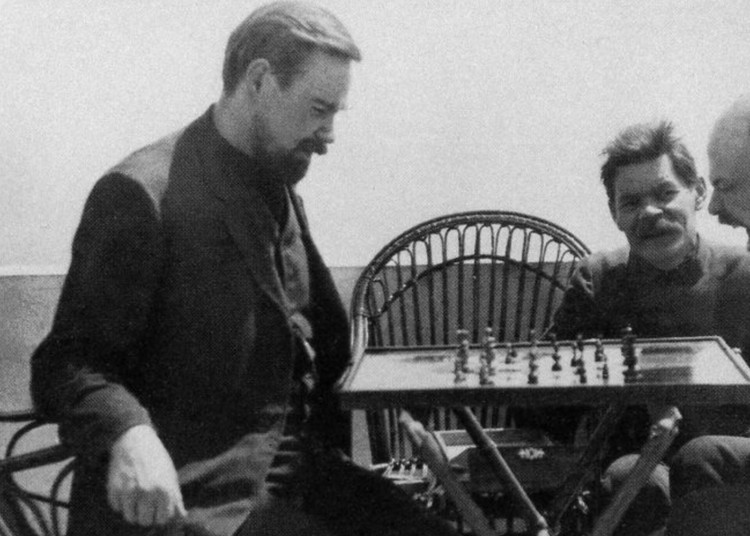
William Nelson:
An American engineer and inventor, William Nelson's passion for automotive innovation proved fatal in 1903. While testing a prototype motorcycle, Nelson suffered fatal injuries, marking the end of his promising career at the tender age of 24.

Henry Smolinski:
Ohio-born engineer Henry Smolinski's dreams of flying cars took a tragic turn in September 1973. Collaborating on the development of a flying car prototype, Smolinski's aspirations were cut short when the aircraft, combining components of a Cessna Skymaster and a Ford Pinto, crashed during a test flight, claiming his life and that of his pilot.
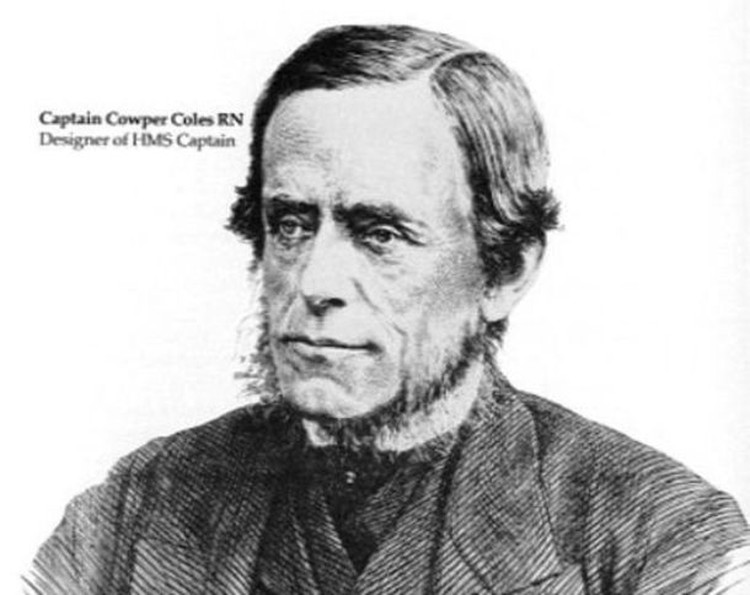
Karel Soucek:
A Canadian professional stuntman renowned for his daring feats, Karel Soucek met his demise in a tragic stunt gone awry in 1985. Plunging from a height of 180 feet inside a specially designed shock-absorbing barrel, Soucek's attempt to recreate his Niagara Falls stunt ended in disaster, leaving him fatally injured.

William Bullock:
An American inventor whose revolutionary improvements to the rotary printing press transformed the printing industry, William Bullock's life was cut short by his own invention in 1867. Accidentally caught in the machinery he had designed, Bullock suffered grievous injuries that ultimately led to his demise.
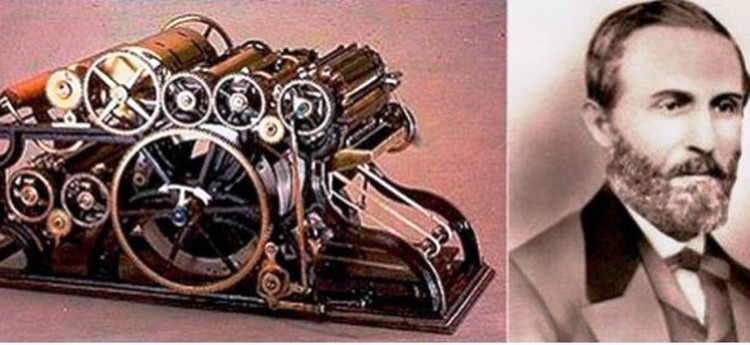
H.L. Hunley:
Confederate naval engineer H.L. Hunley's pioneering work on the CSS Hunley, the first combat submarine, ended in tragedy during the American Civil War. Despite his efforts, the submarine's ill-fated voyages claimed his life along with those of seven crew members.
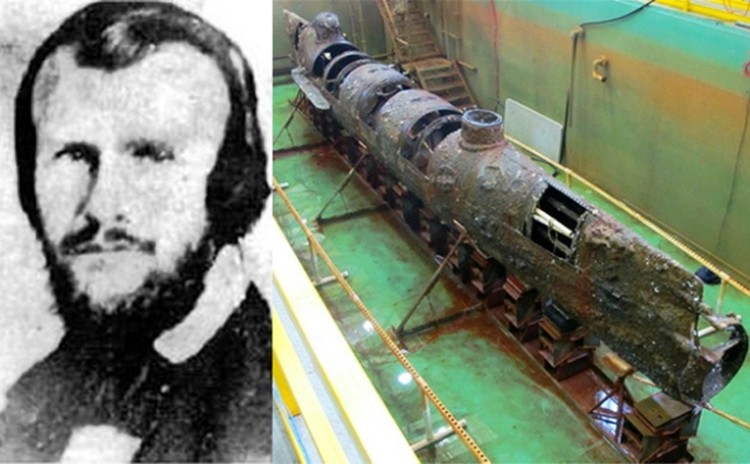
Jean-Francois De Rozier:
A French chemist and physicist born in 1754, Jean-Francois De Rozier achieved renown for his manned hot air balloon flights, reaching heights of up to 900 meters. However, his ambitious attempt to cross the English Channel from France ended in tragedy when his balloon deflated mid-flight, resulting in a fatal fall.

Friedrich Wilhelm Gustav Otto Lilienthal:
Born in Germany in 1848, Lilienthal was a pioneer of aviation, known for his experiments with gliders. Despite his significant contributions to aeronautics, Lilienthal tragically lost his life in 1896 when one of his gliders stalled and crashed during a test flight, leading to fatal injuries.

Valier:
An Austrian rocketry pioneer born in 1895, Valier gained fame for his experiments with liquid-fueled rockets for rocket-powered cars. Despite achieving success with his rocket car in April 1930, Valier met his demise a month later when an alcohol-fueled rocket exploded during testing in Berlin.
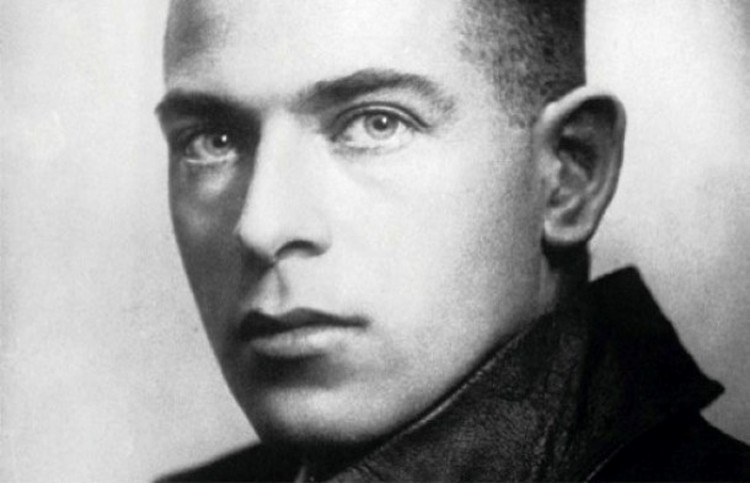
Thomas Andrews:
Born in Ireland in 1873, Thomas Andrews was a prominent shipbuilder and naval architect, best known for his role in designing the RMS Titanic. Tragically, Andrews was aboard the Titanic during its ill-fated maiden voyage in April 1912 and perished along with more than 1,500 others when the ship sank.
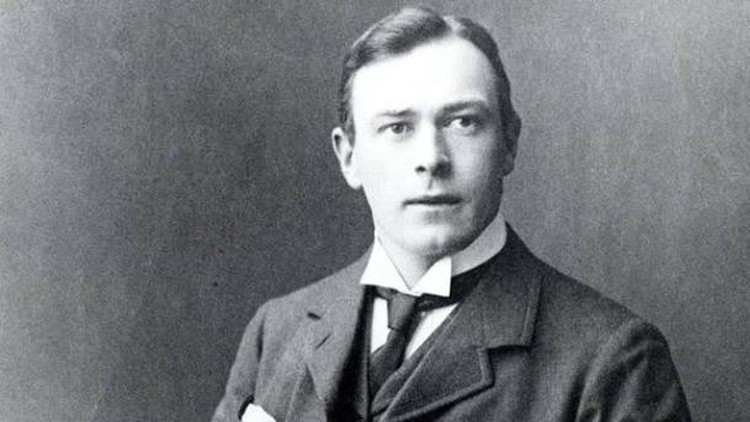
Henry Winstanley:
An English painter and engineer remembered for constructing the first Eddystone Lighthouse, Henry Winstanley met his fate while steadfastly manning his creation during a fierce storm in November 1703. True to his word, Winstanley remained inside the lighthouse as it succumbed to the tempest, resulting in his tragic demise alongside five others.
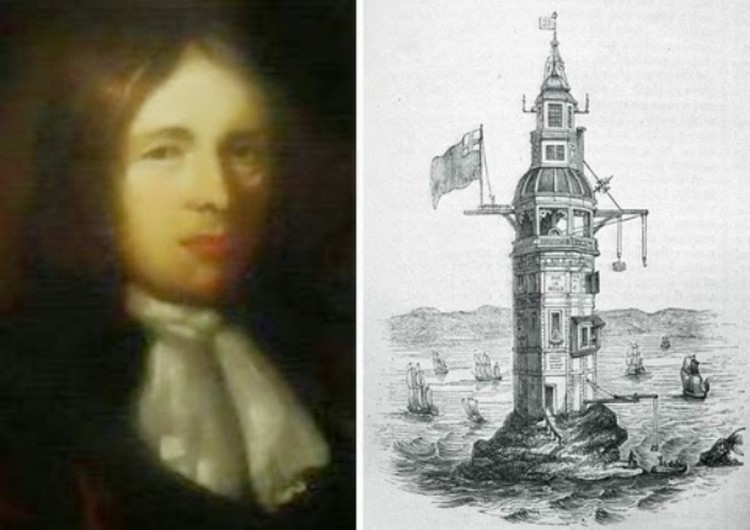
These tragic tales serve as poignant reminders of the delicate balance between innovation and peril. While these inventors may have met untimely ends, their legacies endure as cautionary beacons, guiding future generations to tread carefully on the path of progress. In the realm of invention, triumph and tragedy often walk hand in hand, reminding us that the pursuit of knowledge is not without its risks.




